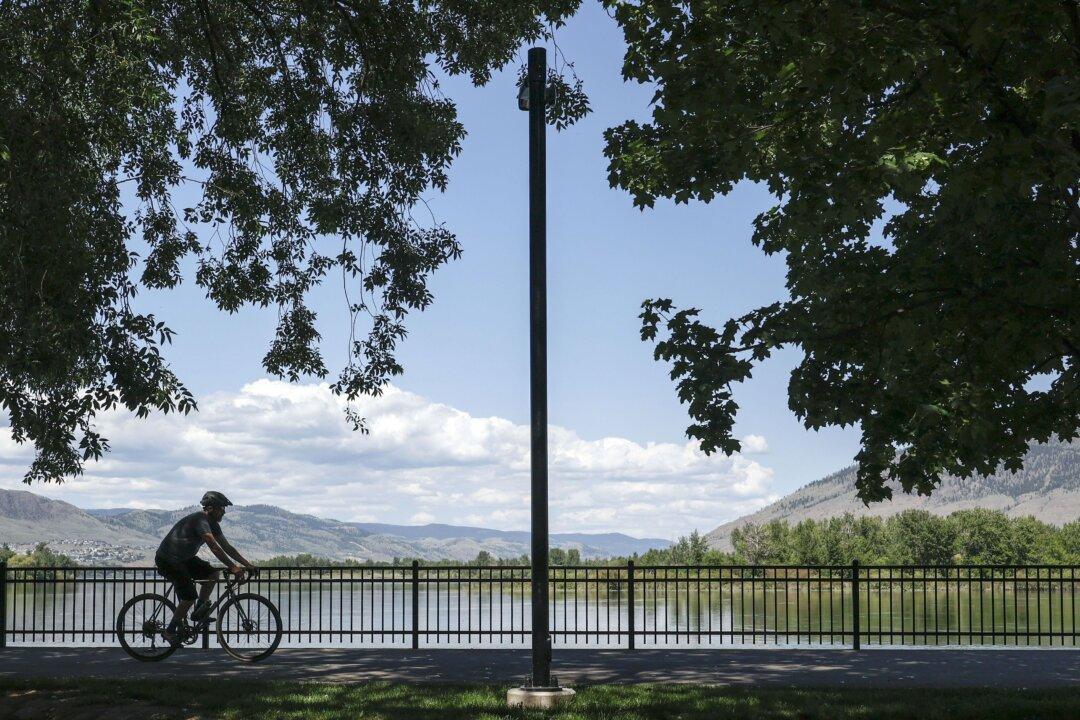It’s probably safe to say more Canadians bike in the summer than in the winter, which hits many Canadian cities hard, but that may not explain the 429 percent increase in bike thefts during the summer months, according to new data obtained by insurance company Square One.
Square One asked police services in Victoria, Vancouver, Calgary, Regina, Winnipeg, Toronto, and Montreal for detailed data on reported bike thefts, the insurance company said in a July 4 news release. There were 75,000 reported thefts from 2016 to 2022 in Victoria, Vancouver, Calgary, Winnipeg, and Toronto.





